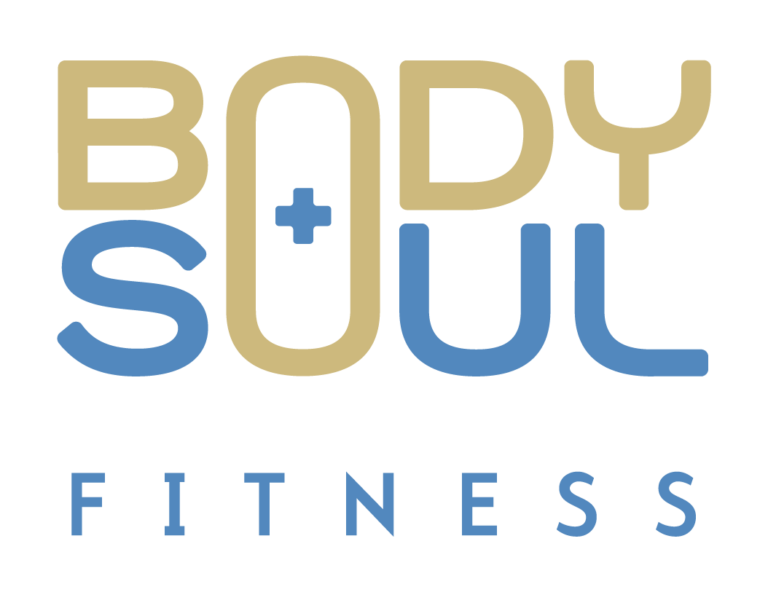Introduction
After a period spent on developing a strong base level of conditioning through the preparatory period, usually a month to 2 months, its time to begin the transition period, which focuses on the translation of the improved fitness from training to the task specific activities.
Essentially, we are developing the most important physical qualities required for the task in the preparatory phase and then transferring those qualities using task specific exercises which closely mimic the movements involved with the goal task.
How to Transition from Goal Setting to Goal Achieving
Think of the transition period as the link between the preparatory period and the competition or goal task. The central aim of this period tends to be the shift of training focus toward the elevation of strength and it’s carry over to developing power.
A football lineman wanting to increase their full body power may transition from heavy squats and presses used in the preparatory phase where the goal was strength development, to more explosive and powerful movements such as an explosive sled push or push presses which mimic the tasks of football lineman. With this example we are developing strength and work capacity in the preparatory period, forming the foundation of power development which becomes the focus in the transition period by using faster movements that are like those used in the sport.
Now with the use of heavy loads and explosive exercises comes lots of fatigue, particularly neural fatigue which is the exhaustion of the nervous system from the continuous firing. With this comes wear and tear on connective tissues like tendons, ligaments and bone. To account for this increase physical stress on the body, we decrease the total volume or number of reps we do. This allows focus on the few heavy and explosive exercises while avoiding over training and injury. This contrasts with the preparatory period where the number of reps is high and the loads relatively lighter.
Implementing Active Rest
So upon nearing the end of the transition phase with the competition or goal task just around the corner, the body is nearly ready to express its newfound fitness. But before we can do that, it is important to make sure the body is recovered from the previous hard training for the best chance at optimal performance. We can achieve this by implementing a week of active rest after the end of the transition period and before the competition or goal task. We can’t train super hard all the way up to the day it needs to perform because the body needs time to recover. After a period of hard training like
in the transition period, there is a great deal of accumulated physical stress that actually puts the body in a performance deficit making it harder to perform. With a week of active recovery, the body is able to catch up and adapt to all the stress it has been under so that it can be as fresh as possible, right in time for the competition or goal task. An active recovery period, usually lasting no more than a few days to a week, involves lots of the same exercises used in the transition phase but with much fewer total reps, as well as light aerobic conditioning which gets blood flowing around the entire body facilitating recovery. Another method that can be used to de-stress the body before a performance is what’s called a taper. A taper is controlled reduction in the training intensity and or total reps in the few weeks leading up to a performance. A taper accomplishes the same goals as an active recovery period and can be used as an alternative.
Now that the body is well rested and adapted to the carefully placed stress over the preparatory and transition phase, it is time to perform. If these steps were followed correctly, we should expect an improvement in performance.
Conclusion
Now to recap, we started this journey with a goal to perform some type of sport or activity. We’ve analyzed the physical demands the activity requires and we’ve assessed the ability of the person to meet those individual demands. With this information, we identify the strengths and weaknesses and set training goals to improve our weaknesses assuming that an improvement in these weaknesses will translate to improved performance. We start training with the general goal of improving base level conditioning. Over time, we build strength and eventually power using activity specific movements, ensuring a high degree of carryover to the actual activities we are working towards improving. After a week of reducing the training stress on the body, using either an active recovery or tapering period, we allow our bodies to recover and catch up, so that it can feel fresh and ready to exhibit its newfound fitness.
Thank you for joining me to learn about human performance. If you have any questions or comments, please feel free to reach out to us.

Rui Carvalho
Share This Post
Rui introduces the series and outlines the information he aims to provide you with, which will ultimately prepare your body, physically, for whatever challenge you have set your mind to.
Rui introduces the process: Task Needs Analysis, which examines what type of physical demands the sport or event you’re preparing for involves. He discusses how you can conduct a task needs analysis specific to your end goal.
Now that you have identified what physical demands your event requires, Rui addresses small goal setting and organizing your training period into two main phases: the preparatory period, and transition period. He explores how to navigate your way through each of these phases to reach your end goal.
Rui unpacks the transition period, and guides you to shift your training focus from the improved fitness to the task specific activities. Essentially, Rui gives you the tools needed to link the preparatory period with the competition or goal task.
